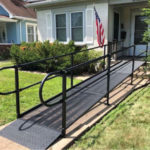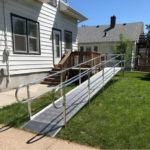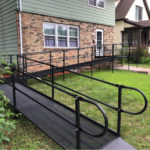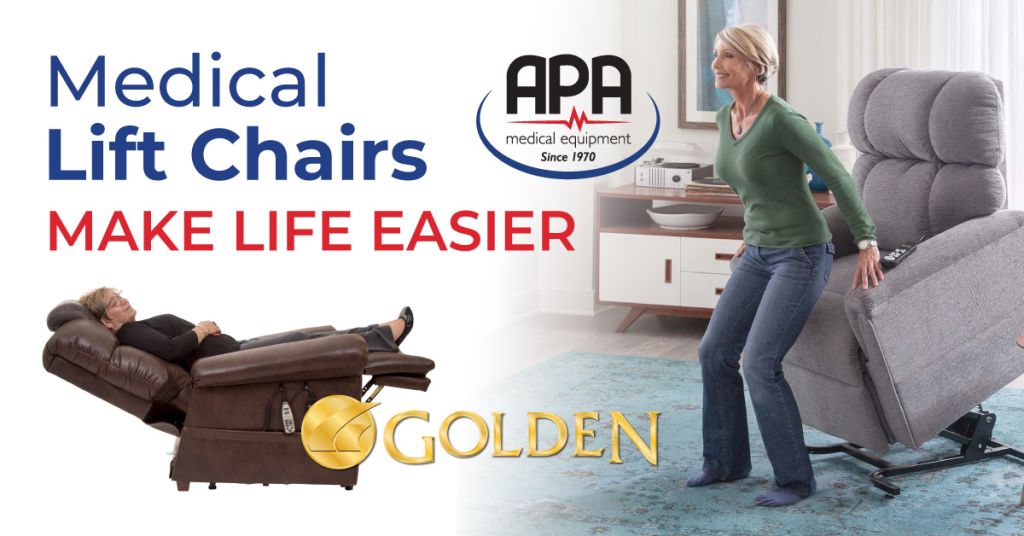If anyone living in your home is dealing with an injury, illness, or needs the assistance of a wheelchair, walker, or POV for any reason, it’s important that you transform your house into a space that allows for easy access, comfort, and independence. There are a few different ways to make your existing home more accessible. By modifying your house to make it more accessible, you make it possible for someone to live comfortably by allowing them to stay at home. One of the first adjustments that should be made is adding a modular wheelchair ramp, or ramps, outdoors to provide easier access into your home.
With two decades of experience and hundreds of ramps installed and serviced, at APA Medical, we are experts at configuring, quoting, and installing the perfect ramp for every living environment. Modular wheelchair ramps are configured to fit your individual needs based on the layout of where you live. We understand that every living environment is different, and no “cookie-cutter” ramp will work in each situation. You can rely on APA to optimize the accessibility to your home
Making Your Home Accessible for Wheelchairs/Walkers/POV’s
Stairs can be hazardous for a lot of people, not just those who require a mobility device, but for anyone with limited mobility. Even if your home is a single-story ranch layout, you likely have at least one or two steps leading from your stoop to your doorway, or from an interior landing to a living room or kitchen. Several ramp styles exist to meet any needs; folding ramps allow for easy storage and allow you to quickly transform most steps into an accessible entry on the go, and threshold ramps make an entryway easily accessible.
Unless you have entryways that are flush to the ground, odds are you’ll need to install a wheelchair ramp. When installing a ramp, consider the needs of the people who will be using it and what type of ramp will serve you best.
Indoor and outdoor ramps provide safe and reliable room-to-room access for people with walkers, wheelchairs, power chairs, and other mobility aids. Most homes will require an access ramp from the outside. In addition to being wide enough to accommodate a standard adult-sized wheelchair, the grade must be considered.
Four Questions to Ask Before Adding a Modular Wheelchair Ramp to Your Home
1. How much space do you have?
Not everyone can build a ramp up to their front door, which is generally the ideal place to install a ramp. Property lines, trees, or other landscaping features may prevent you from installing a ramp exactly where you would like to. If a ramp fits better leading to a side door or back door, this may be the way to go.
2. How high up is the door?
The higher the door is, the longer your ramp will have to be. You certainly don’t want to make a ramp so steep that it is difficult to climb. Generally speaking, you don’t want the slope of your ramp to be sharper than 1:12 (one inch in vertical change for every 12 inches in length). The 1:12 slope is the most commonly used slope for ramps, and it is the ratio recommended by the ADA (Americans with Disabilities Act). So if your front entrance sits atop a two-foot-tall porch, your ramp will need to be 24 feet long. That distance can add up pretty quickly, so in order to make 24 feet of ramp fit into a smaller yard, we could configure it into a U-shaped ramp.
3. Does your ramp need to have a landing?
If your ramp is particularly long due to the height of the entrance, then you may need to add a resting platform to your ramp. A resting platform is nothing more than a flat surface built into the ramp so that someone who is having a difficult time getting up the ramp can stop, take a breather and continue their way up the ramp. A ramp is easier to climb if it is not just a slope the entire way to the entrance. Again, the need for a landing is always situational, depending on the needs of the user, but it is something that should be kept in mind when you’re building or installing a ramp.
4. How visible is your property at night?
When adding a modular ramp to your home, it’s a good idea to be mindful of providing enough light to the ramped area. There may be plenty of light in the front of your property if you already have lights that illuminate a porch and walkways at night. This might not be the case, however, if you’re installing a ramp on the side or the back of your house. It’s a good idea to make sure that anyone using a wheelchair trying to get up a ramp can see exactly what they’re doing and where they’re going. You could consider adding additional lighting around the ramp if you feel it is necessary for safety purposes.
Answering those four questions will help you figure out exactly what you need so that any ramp you have installed is the right size, is properly installed, and is as easy to use as possible for anyone entering your house that may have any type of mobility limitations. It’s also wise to project 5-10 years down the line as well—will the user still be able to use the ramp safely and comfortably.
Different Types of Modular Wheelchair Ramps
At APA Medical, our two most popular and dependable modular ramps systems are — the aluminum series and the steel series. The aluminum series offers the highest coefficient of friction for maximum traction, an 800 lbs. weight capacity, and a unique cone-mounted handrail design that is more rigid than standard side-bolted handrails. The aluminum series installs in just hours, is 100% maintenance-free, and, best of all, it comes with a lifetime warranty.
The steel series also installs in just hours, has an 800-lbs. weight capacity, and has a modular design to allow for virtually any design. All components of the steel ramps are coated with a durable, powder-coated finish that makes it far more durable than painted steel ramps. APA’s steel ramps come with a three-year warranty.
Mobility ramps are classified as durable medical equipment (DME). In many states, Medicaid Waivers will cover the cost of ramps, as they are considered home modifications or environmental adaptations. If a mobility ramp is used for a medical purpose, then the ramp is reimbursable through Medicaid—as long as the ramp is medically necessary as declared by a licensed physician.
At APA, we’re empathetic to the fact that you may not know how long you’ll need a ramp. Injuries and the aging process are unpredictable and vary from case to case. If you only need an accessibility ramp for a short time—no problem, our ramps can be rented for short or long-term use. Your first-month rental can be applied to your purchase if you determine that the ramp will be needed more long term. APA Medical can help you assess your home and get it ready for wheelchair ramps, as well as get the inside of your home ready for the use of other mobility products.
.

